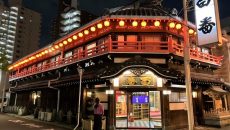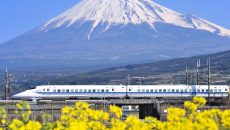The overwhelming attraction of Japan’s capital causes many Japanese to say that they could never live anywhere else.
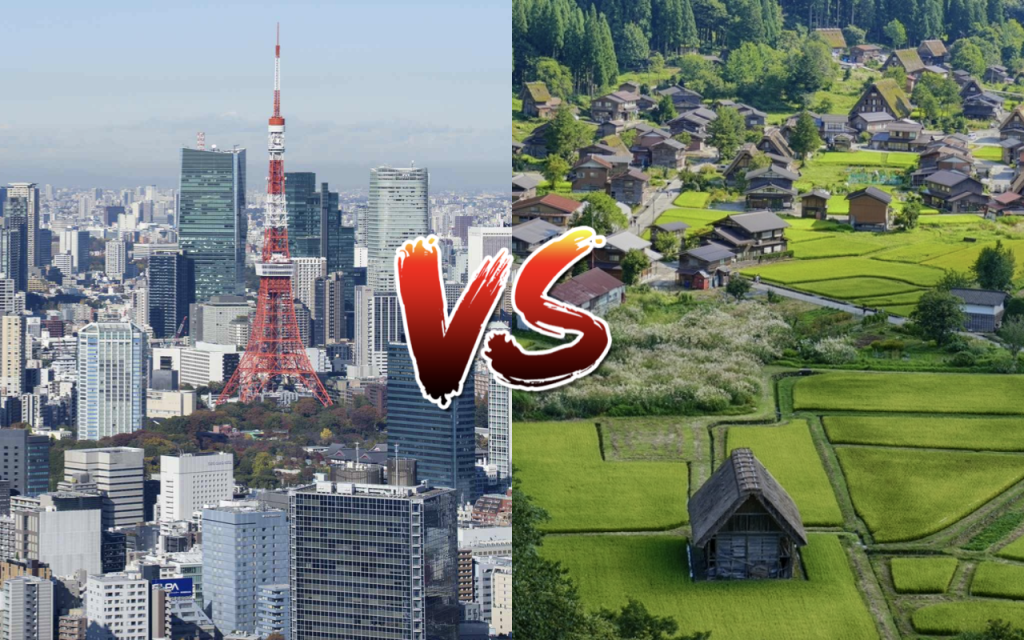
- For Japanese from the countryside, the first exposure to living in Tokyo is often as a college student. Many never look back and remain in the big city after graduation.
- Greater Tokyo certainly has plenty to offer, but country living—at least as far as the exurbs–is proving to be an attractive alternative to living in the costly and cramped inner city.
- Although still a developing trend, the ability to telecommute to work is finally enabling many to escape the rat race in Japan’s crowded capital.
While people from rural communities the world over have been drawn to the bright lights of the big city forever, there is something about Tokyo that proves to be an irresistible magnet for large numbers of Japanese. The Japanese even have a term for it, Tokyo ikkyoku shuchu (東京一極集中), which, essentially, means “concentration in Tokyo.”
Japan’s overall population has been shrinking since 2008. It is expected to continue its downward slide indefinitely until the population drops from the current 126 million to only about 82 million by 2065. The decline is, however, not spread equally throughout the country. While almost every part of Japan’s countryside continues to see its population diminish, the number of people who reside in the Tokyo Metropolitan Area, the world’s largest megacity, just keeps growing.
Why?
After conducting a survey of approximately 100 young women in their 30s who have experience living in both Tokyo and the countryside, Carricone News published the results to provide some insight into just what keeps Japanese people from the countryside flocking to Tokyo.
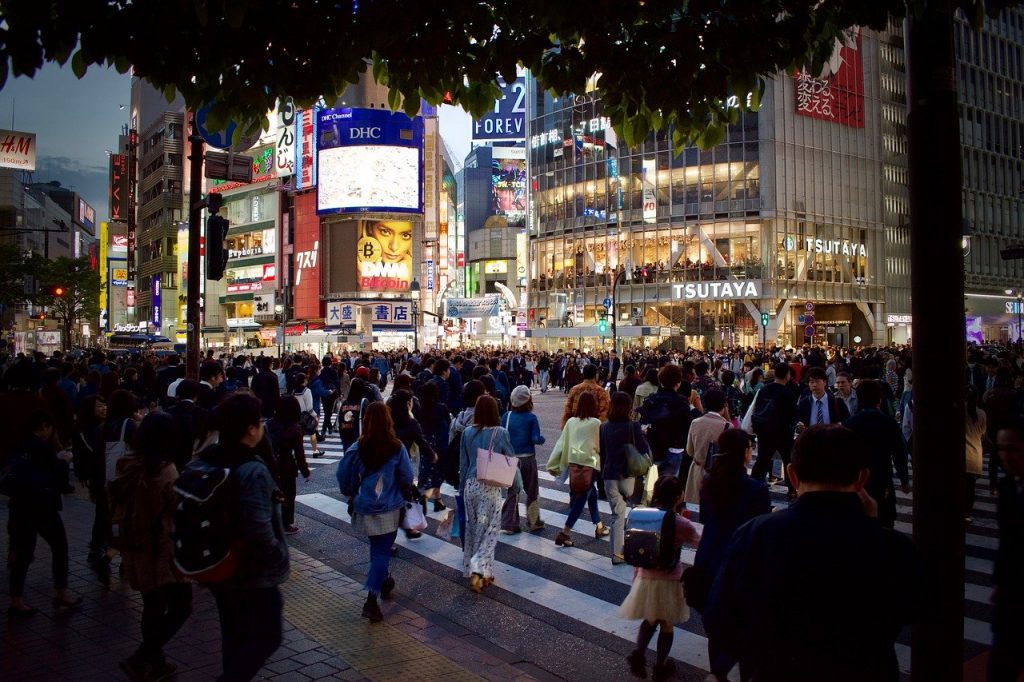
Although my viewpoint is that of a foreigner, I have lived in Tokyo for more than 20 years but relocated to a rural community in Kyushu a few years ago. Thus, I can provide additional observation from the perspective of a Westerner. There are pros and cons to living in both locales. The life stage is, moreover, a critical factor to consider.
Pros and Cons of Living in Tokyo
Most Japanese people who are not from Tokyo are first exposed to life in Japan’s capital city as college students. Many never look back and remain in the big city after graduation.
Reasons to Move to Tokyo
The Greater Tokyo Area, which is known in Japanese as Shutoken (首都圏), includes Tokyo and the surrounding prefectures of Kanagawa, Chiba, Saitama, Ibaraki, Tochigi, and Gunma. It is the world’s most populous metropolitan area. Just over 1 in 3 Japanese people reside there.
To find out why simply follow the money. Japan’s capital offers, undoubtedly, the most lucrative job opportunities in Japan. According to the most recent annual Basic Survey on Wage Structure, conducted annually by the Ministry of Health, Labor and Welfare, in 2020, the average monthly salary in Japan was 307,700 yen (US $2,800). Pay varies significantly by geography. Topping the list was Tokyo at 373,600 yen ($3,400), which is 21.4% higher than the national average. In contrast, the average monthly salary in the rural prefecture of Tottori was, for example, only 257,300 yen ($2,350).
Something for Everyone
Greater Tokyo is, however, not just a lucrative place to work. It offers exposure to a wide range of people and cultures, from avant garde fashion to food—all at a frenetic, fast pace. There is literally something for everyone. You simply need to take the initiative on your own to seek out your niche. A thirty-year-old woman respondent to the survey by Carricone News commented,
There are people who say there is no interaction in the community, but I think it’s just because they don’t get involved themselves. In your hometown, you may have been able to do everything passively through your parents or relatives, but when you leave, you have to be proactive.
Opting out is, however, also a viable option.
Ability to Be Anonymous
For many, Tokyo is one of the only places in Japan where it is possible to be relatively anonymous—should you choose to do so. Whereas it used to be common for new entrants to a neighborhood or apartment building to introduce themselves to their neighbors and often distribute small gifts as an ice-breaker, this practice has largely gone by the wayside in many parts of Tokyo. There is, naturally, a lot of coming and going in the capital. Thus, in my experience, sometimes one never meets certain neighbors. It is, however, precisely this ability to live anonymously that many people who come to Tokyo desire.
Being free of social obligations can make a living in Tokyo a little less stressful.
Downsides of Living in Tokyo
The high cost of housing can come as a shock.
When it comes to real estate, the old saying “location, location, location” must always be kept in mind. There are, however, many options in Tokyo. By and large, renting or owning in the capital will cost you. Typical rents in Tokyo are by far and away from the most expensive in the country.

First, keep in mind that the typical unit of measurement of floor space in a home is a tatami mat which is equivalent to 1.65 square meters or 17.8 square feet. Especially when trying to relate the data to another currency, cost comparisons can be tricky. The bottom line is that the average rent for residential housing in Tokyo commands a 45% premium vs. the national average. Compared with one of the least expensive places to live, like Kagoshima, Tokyo rents are 114% higher on average. Details are as follows:
| per Tatami Mat | per Square Meter | per Square Foot | |
| Tokyo | 81,001 yen ($737) | 49,005 yen ($446) | 4,553 yen ($41) |
| National Average | 55,695 yen ($507) | 33,695 yen ($307) | 3,130 yen ($28) |
| Kagoshima Prefecture | 37,863 yen ($345) | 22,907 yen ($208) | 2,128 yen ($19) |
It is, however, not just the cost. You must also consider the amount of space that you get for your money.
What Do You Get for Your Money?
Tokyo bottoms out the list when it comes to the average size of a home. Among owner-occupied homes, Tokyo averaged 34.76 tatami mats or approximately 57.4 square meters (618 square feet). For rented properties, the average was only 15.84 tatami mats or approximately 26.2 square meters (282 square feet).
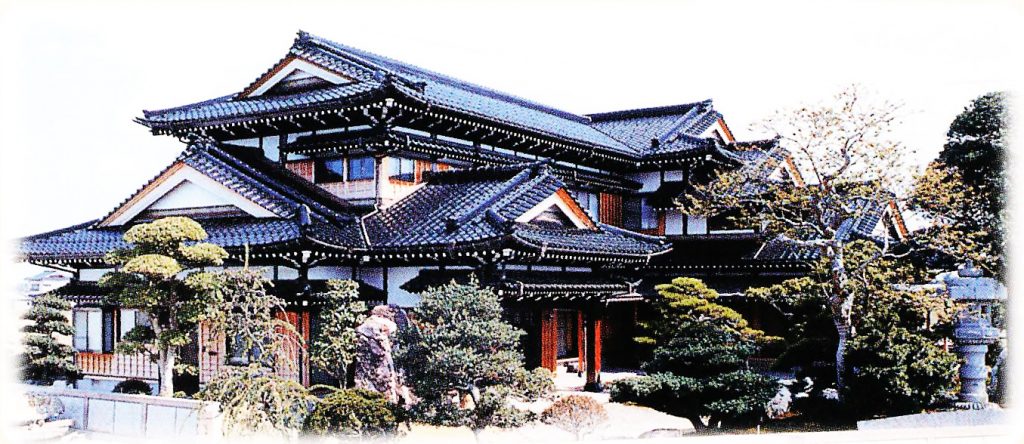
Rural Toyama Prefecture provides the greatest living space with an average of 53.83 tatami mats or approximately 89.0 square meters (958 square feet) for owner-occupied homes. Rural Hokkaido has the most spacious rented accommodations, averaging 20.73 tatami mats or approximately 34.3 square meters (369 square feet).
Once you have your housing settled, then you need to consider the commute to work.
Commuting to Work Can Be Challenging
Especially during the hot and humid summer months, just traveling back and forth to work during rush hour can drain your spirits. People living in Kanagawa Prefecture, which is adjacent to Tokyo, have the longest daily commute. It averages almost 100 minutes round-trip. That’s over 1-1/2 hours each day. Many people travel much further for longer!
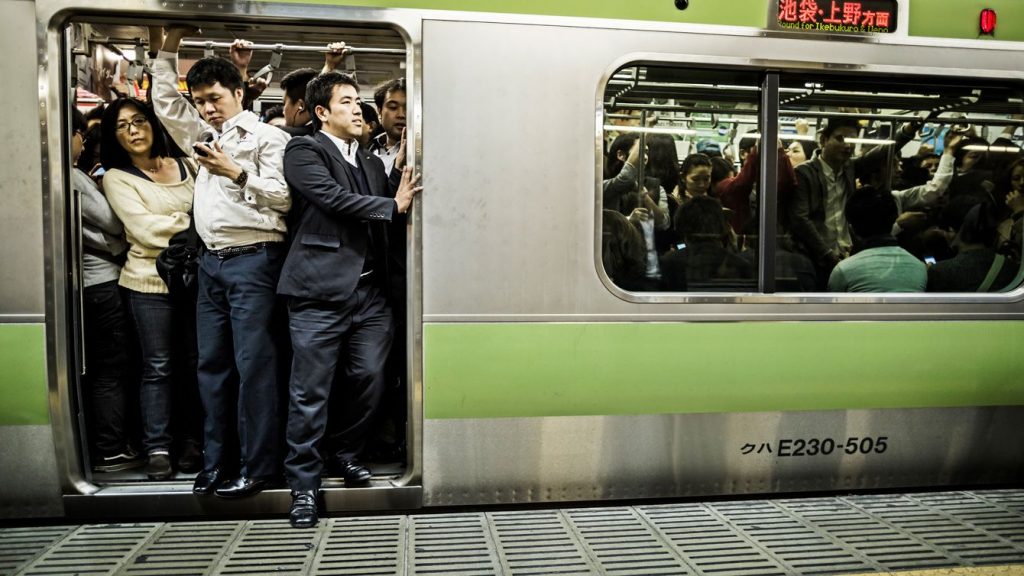
The next three prefectures with the longest commuting times in the country are all within Greater Tokyo. In contrast, rural Miyazaki has bragging rights to the shortest commute at only 17.5 minutes one-way.
Besides Housing
Quality of life is affected by many other factors, as well. While air quality levels in Tokyo have improved markedly from the period of rapid economic growth in the 1960s, other inconveniences such as noise pollution are constant.
While much of Tokyo’s architecture is striking, especially in the summer, its “concrete jungle” routinely traps the heat until late in the evening. Thus, getting enough quality sleep can be difficult without a reliable air conditioner.
Just thinking about my former, hellish commute from Yokohama to Shinagawa on the dreaded Tokaido Line makes me savor my new life in the countryside.
Assessment of Life in the Countryside
In many respects, the pros and cons of living in the countryside are the mirror image of the merits and demerits of living in Tokyo.
Benefits of Living in the Countryside
It is possible to achieve a low cost of living in Japan’s countryside—especially thanks to the relatively reasonable cost of housing.
Keep in mind that it is highly likely that you will, though, probably require at least one car, which is something many people in Tokyo can do without. Thus, besides the initial purchase price or monthly leasing fee, you will need to budget for fuel and routine maintenance.
Those in the countryside are so close to nature that they can literally grow a substantial portion of their own food. The Japanese call being self-sufficient jikyu jisoku (自給自足). While it requires a fair degree of effort, growing your own vegetables saves money, supports a sustainable lifestyle, is good for your health, and is fun.

Overall, the pace of life is slower in the countryside. While this lifestyle will not appeal to everyone, it is often particularly appealing to retirees eager for a reprieve after exiting the rat race.
Drawbacks of Life in “the Sticks”
It is a fact that in the countryside there will, in general, be fewer job opportunities. Salaries are lower. Especially spurred on by the ongoing global pandemic, the option to telecommute has, however, opened the door for more and more Japanese people to relocate to the countryside while maintaining their employment at companies located in Greater Tokyo. The trend of moving away from Japan’s urban centers began well before the arrival of the coronavirus. Believe it or not, you can get paid to do this. See “Get Paid by the Japanese Government to Move to the Countryside” for more details.
The Nail That Sticks Out Gets Hammered Down
Like in small, rural communities all over the world, sometimes life in the countryside is accompanied by a suffocating social environment. Everyone seems to know everyone else’s business. It can sometimes seem as though there are too many social obligations.
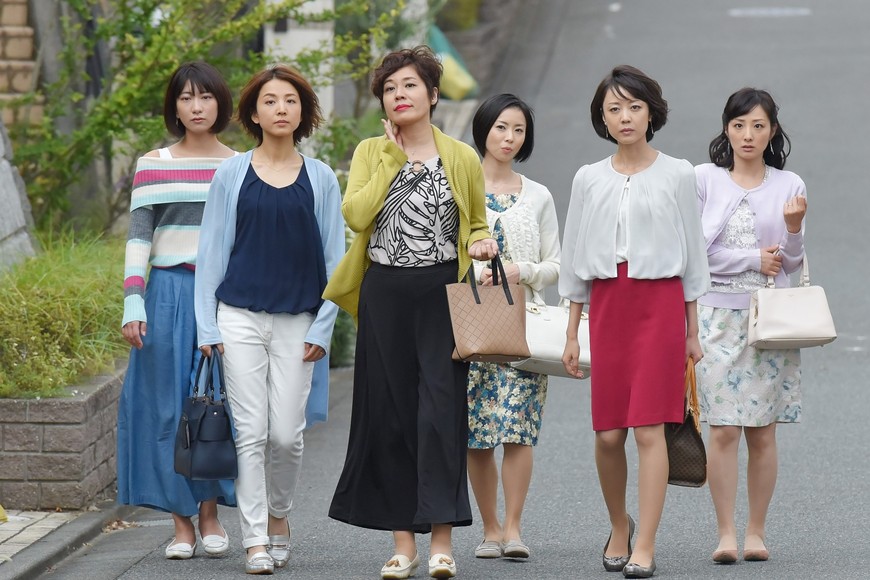
Another married woman in her 30s who now works at an advertising agency in Tokyo after relocating from the countryside responded to the survey by Carricone News by explaining,
Before I came to Tokyo, my life was stifling. The community was very small. From the time I was a child I often overheard the neighbors’ well-wishers and bad-mouthing each other. There was a lot of inquiring about who was going to which high school or where someone’s husband was working. It was commonplace for people to get a job locally, marry a classmate or acquaintance, and have their children attend the same alma mater that they attended, with few people leaving the prefecture. If you try to do something different, you stand out. Not that there is anything wrong with that, but it just didn’t sit well with me. The closeness of the distance and the narrowness of the world was suffocating.
The Japanese proverb “the nail that sticks out gets hammered down” or deru kui ha utareru (出る杭は打たれる) is still relevant in modern-day Japan—particularly in the countryside.
It is, however, not always the case. My own experience relocating to the far southwestern part of the country has been nothing like this woman’s experience. People in the local community have been receptive. I have no regrets about making this move.
Potential Interim Solution – Literally Meet in the Middle
What if it were possible to combine the best of both worlds? Now it is becoming increasingly popular to live beyond the traditional commuting distance from central Tokyo.
Recent Exodus to the New “Exurbs”
Although the absolute numbers are still low, according to the government agency responsible for tracking the census, in 2020, the cities with the greatest gains in terms of percentage of population growth are the new “exurbs.” The three most popular were the resort town of Karuizawa in Nagano, Ami City in Ibaragi (near Tsukuba), and Kikuyo City in Kumamoto, which is within commuting distance of Fukuoka.
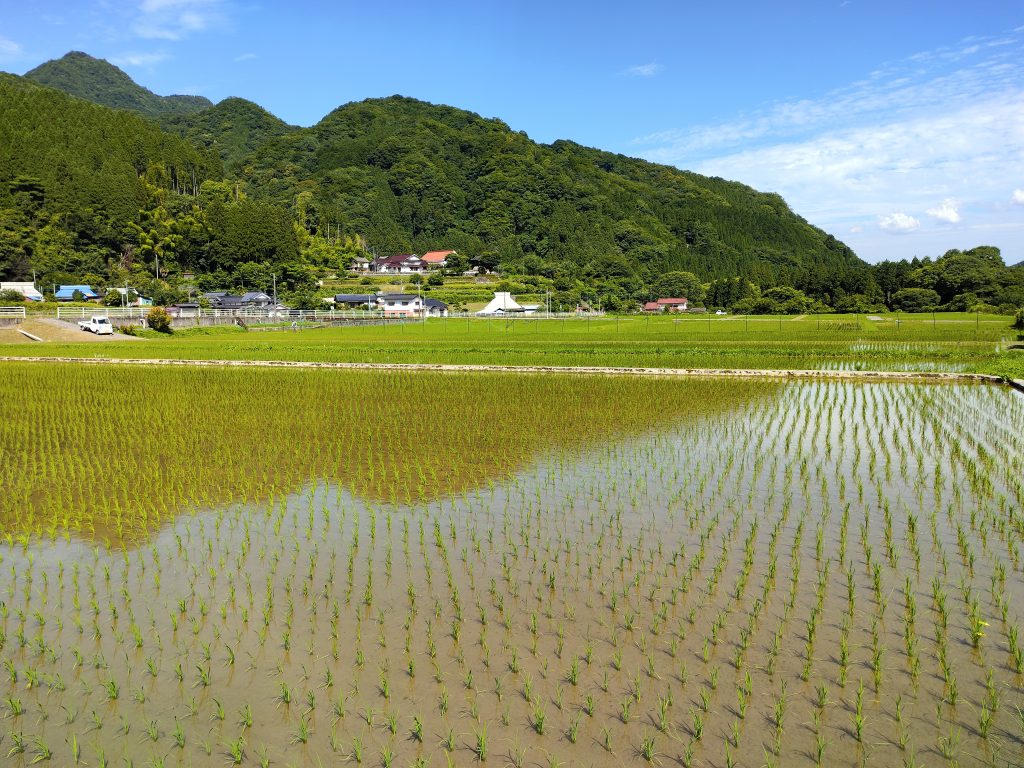
Both high-speed long-distance commuter trains and the “bullet train” or shinkansen (新幹線) now make it possible to travel from both Karuizawa and Ami City to central Tokyo in about 1-1/2 hours one-way. Thus, if only the occasional trip into the office would suffice, then the opportunity to live in a semi-rural setting within reach of Tokyo can be enticing.
Characterizing this trend, a representative from the Furusato Fukko (Home Town Redevelopment) Support Center commented,
…the concept of Tokyo’s suburbs has been further expanded as more and more people who have been telecommuting due to the coronavirus disaster…have decided to prioritize getting ‘one more room’ (at home) vs. a shorter commute.
“Remote work” (リモートワーク), also known in Japanese as telework (テレワーク) or telecommuting (テレコミューティング) is now providing real options to avoid the office at least a few days per week. While certain “old school” managers may end up being forced to accept it, telecommuting definitely seems here to stay.
Home Is Where the Heart Is
Sometimes companies “strongly encourage” certain employees to relocate to a particular area. Such cases are somewhat forced, but at the end of the day, the decision about where to live is, ultimately, a personal preference.
Attitudes change depending upon one’s life stage, as well. Thus, while an up-and-coming young star may choose to try their luck in the big city, the benefits of a slower way of life will, most likely, entice a certain portion of the population to reconsider living further away from the congested region of Greater Tokyo.
It all comes down to making trade-offs. One must determine what is most important for themselves. In the process, the ongoing global pandemic may, incidentally, provide many with a new outlook on what is now possible.
Links to Japanese Sources: https://news.careerconnection.jp/lifestyle/123131/, http://www.ipss.go.jp/index.asp, https://www.itmedia.co.jp/business/articles/2103/08/news127.html, https://www.mhlw.go.jp/toukei/itiran/roudou/chingin/kouzou/z2020/dl/10.pdf, https://www.haseko-sumai.com/kurashi/archive/detail_443.html, https://www.stat.go.jp/data/jyutaku/2008/nihon/4_3.html, and http://www.stat.go.jp/info/today/152.html.
Related Articles
AI Girlfriends: Exploring the World of Virtual Companions
AI-generated girlfriends are growing popular on Japanese Twitter. Learn more about what they can do, and what it could mean for the future.
Discover Japan’s Top 10 Must-Visit Places
From stunning landscapes to bustling cities, Japan offers many unforgettable experiences. Here are Japan’s top 10 best places to visit!

